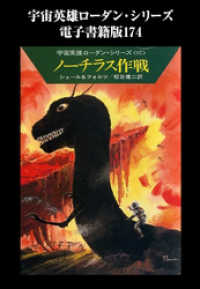Full Description
In applying the term "folk music" to the music they were collecting, early nineteenth-century Swedish folklorists saturated it with the cultural currency of romantic nationalism. These collectors promoted the music as the essence of the rural peasant folk, and thus of the nation; the tradition it represented was ancient, invested with the power of nature itself. Since that time, "folk music" has retained its symbolic value, while at the same time the national romantic narrative has broken down due to its being politically problematic as well as factually unsustainable. Research that has been done on rural peasant music in the intervening years reveals that it was never particularly ancient nor nationally uniform, nor truly distinguishable from "popular" or "art" musics.
Swedish Folk Music in the Twenty-First Century: On the Nature of Tradition in a Folkless Nation, by David Kaminsky, examines the struggle of present-day Swedish folk musicians and dancers to maintain the cultural currency of their genre while simultaneously challenging the historical fallacies and ideological agenda upon which that currency was originally based. The notion of Swedish cultural purity once championed by nineteenth-century folklorists has been dismissed by serious scholars and now marks the discourse of the anti-immigrant extreme right, alienating it from the academic-savvy center/left-leaning folk music subculture of today. Kaminsky's study is especially relevant today, given the rise of the anti-immigrant extreme right in Sweden, and their efforts to preserve culturally "pure" Swedish folk music at the expense of existing multicultural government initiatives.
Contents
Preface and Acknowledgments
Chapter One: Toward an Insiders' Definition of Folk Music
Chapter Two: Reinventing Tradition
Chapter Three: Geographical Boundaries (and their Limits)
Chapter Four: Folk Music and the Public Eye
Chapter Five: A Natural Art
Chapter Six: Three Definitions of Folk Music
Chapter Seven: Two Public Performances
Postscript: Return of the Nationalist Right
Appendix A: List of Interviews
Appendix B: Glossary of Terms
Bibliography
Discography and Videography
Index
About the Author








